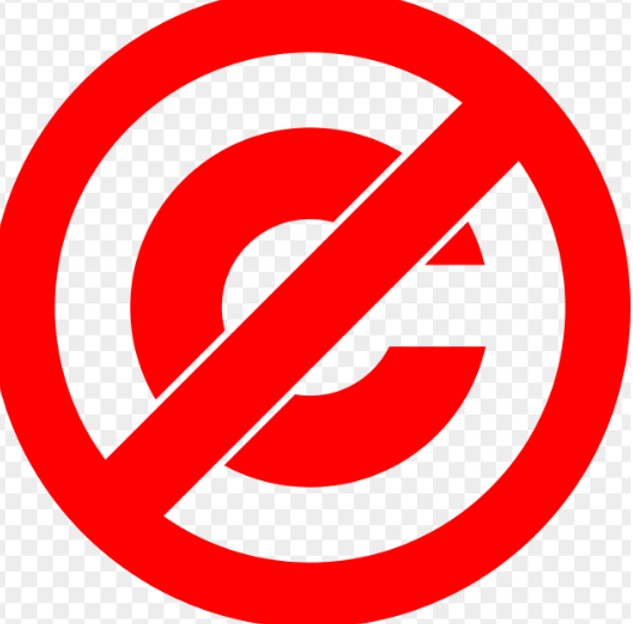In the world of video production, artificial intelligence has opened exciting new creative doors. Right from generating scripts to designing virtual sets and even producing entirely AI-driven video content, AI is changing everything in this creative world. Nevertheless, this new frontier carries a host of ethical and legal questions. These questions are particularly raised around copyright and licensing.
If you are planning to use AI in your video production, you should understand how intellectual property laws apply in AI-generated video production. In this blog post, we will get a closer look at the best practices, implications and challenges to navigate this complex area of video production:
Who Owns AI-Generated Content?
Traditionally, copyright law safeguards original works created by humans. However, when an AI generates a video – be it script, soundtrack or animation, the question becomes: Who is the creator of this video? Is it the user who prompted the AI, the AI developer or no one at all?
In many jurisdictions, including the US, Copyright law still requires human authorship for production. It means if a video is wholly created by AI without human input, it may not be eligible for copyright protection at all.
On the other hand, if a human provides particular creative guidelines and curates outputs and edits the content generated by AI, they might qualify as the copyright holders. However, this is still a grey area legally and varies from one country to another.
Licensing AI-Generated Assets: Move Forward with Caution
AI tools generally use data sets for learning how to create fresh content. Some of these datasets include copyrighted text, music, videos, and images from across the web. This raises concerns about whether the data was used by the AI tool legally. If not, will the final video generated with the AI-generated images attract copyright claims?
As you are engaged in video production, it is important to:
- Keep records of your workflows, prompts, and inputs for legal transparency.
- Use platforms with curated and clean datasets. For commercial use, it is generally safe to rely on tools that use only licensed and royalty-free materials in training.
- Read the terms of service of the AI tools that you use. The reason is that some tools include a license, while others clearly claim that their outputs cannot be used commercially.
Best Practices for Responsible Use
- Disclose AI Usage: Be transparent with your stakeholders and audience when you have used AI tools in your creative process.
- Obtain Clear Licenses: When you use AI-generated voiceovers, music or visuals, ensure that you have the rights to use them commercially in your production.
- Stay Updated: Copyright law is evolving to keep pace with AI. So, do not forget to watch for new rulings, particularly from high-profile lawsuits that involve generative AI platforms.
Final Thoughts
Without any doubt, AI is transforming the world of video production. It offers innovation, speed and scale like never before. However, with great power comes great responsibility. So, navigate copyright and license in the AI era with a proactive legal mindset.
